I'm a Rails guy trying to become a Rails API server + Backbone front end guy, and I have a strong feeling I'm not doing something right with respect to creating new instances of a model inside a collection contained in another object.
In all the below I'm using backbone-relational. FWIW I'm also using Marionette but I don't think that matters much here.
To get specific, say that I have an Engine model, and that Engines can have many Gears. I am converting my Engine edit page in the old Rails code to a little Backbone app. My new Backbone Engine edit page looks like this:

When I click the "Add New Gear" button, I would ideally like the outcome to be (1) that the server creates (persists) a new blank Gear object connected to the Engine and (2) that the a new backbone Gear instance gets added that is synched to the new server state.
In a purely Rails world, I could POST to a URL like:
api/engines/42/gears
and that would create the new Gear instance on the server side and I would redirect to some page. I just don't get how to do that on the client side and have everything be synched up in the end.
Here are the Backbone (Relational) models for Engine, Gear, and the Gears collection:
class Engine extends Backbone.RelationalModel
urlRoot: '/api/engines'
relations: [
{
type: Backbone.HasMany,
key: 'gears',
relatedModel: 'Gear'
collectionType: 'Gears',
reverseRelation: {
key: 'engine',
includeInJSON: false
}
}
]
Engine.setup() // here b/c I'm using coffeescript
Here's the Gears collection:
class Gears extends Backbone.Collection
model: Gear
And here's the Gear model:
class Gear extends Backbone.RelationalModel
urlRoot: '/api/gears'
Gear.setup() // here b/c I'm using coffeescript
I can create a new backbone Gear object with newGear = new Gear(), but how do I connect it into the Engine's list? If I say myEngine.get('gears').add(newGear), what am I supposed to save?
I'm hoping I can somehow just save (POST) the new gear without calling save() on the Engine instance. Trying to update the engine instance (myEngine.save() after the above) doesn't really seem to do the trick anyway because the new Gear instance doesn't yet have an ID so the Engine update call freaks out.
If anyone can steer me in the right direction I'd appreciate it!
And sorry for anyone who ended up here looking for information about Rails Engines... bad example name choice :-)